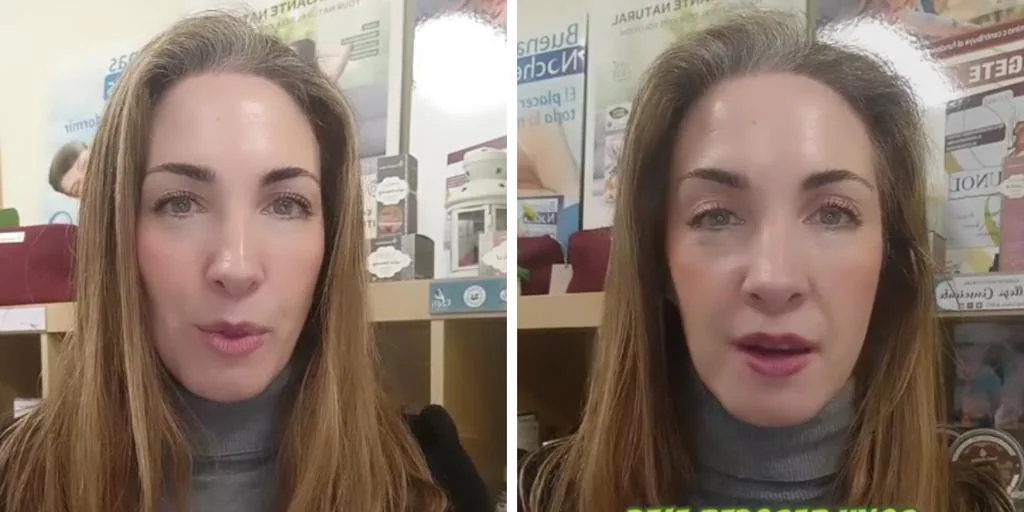Battery owners under four solar companies selected by Loma Energy They will be able to save energy stored in their systems to compensate for generation shortfalls during periods of high demand, a mechanism that, according to the consortium, will contribute to improving service stability.
On Thursday, the company announced the four companies whose customers will have the option to participate in the program: SunRun, Sonova, The strength of the fortress And Tesla. Since it is a pilot plan until June 30, 2024, the Emergency On-Call Battery Response Program (BDER, in English) would be Limited to 6,500 customers.
Advertising
Keep seeing more content
Clients’ entry into BDER, at this stage, “is done on a first-come, first-served basis. At the same time, there are restrictions that none of the complexes (companies) shall exceed 50% of the total capacity of participants.The engineer explained Juan PatiñoDirector of Energy Efficiency and Demand Response at LUMA Energy.
“Right now, all these companies are already making all the marketing efforts so that their clients start being part of the pilot program,” commented Patiño, who confirmed that the privatization company is “ready” to put the BEDR project into practice.
As I expected The new day In October, participants will receive an incentive to enter the pilot plan that will depend on the agreement offered by their solar company. At the same time, the consortium will be compensated at a rate of $1.25 per kilowatt-hour that aggregators provide to the grid through their customers’ batteries.
According to Patino, The pilot plan’s batteries will be able to add capacity of up to 20 megawatts in emergency situations. emergencyThis is an amount he admits is small in a country where peak demand can exceed 3,000 megawatts. In principle, assembly companies will be able to use up to 50% of the storage capacity in the batteries, but Patiño pointed out that this is a clause subject to negotiation between the customer and his company.
“It’s flexible. We point out that the assemblers have a responsibility that, by default, as a general value, they can’t get more than 50% of the battery. In other words, They have to leave 50% of the reservation. But there are customers for whom this may not be as important, and if they want to get more out of their system, they can do so.“The idea of BEDR is that it is a very flexible program and (the client) feels free to decide whether they want to participate in an event or not,” said the executive, who stated that the idea of BEDR is that it is “a very flexible program and (the client) feels free to decide whether they want to participate in an event or not.”
Activation of the participating systems in the event of an emergency event will be required by LUMA Energy, but it will be up to the companies to implement them in practice.
“In general, the most common situation is in the summer, when there is peak demand, obviously given the constraints that exist in generation, specifically between 6:00 p.m. to 10:00 p.m.,” Patiño said, although he explained that Battery supply activation may also be recorded in other contexts of insufficient generation.
He also noted, “This process was where we met the largest companies that already had the technology, and then some evaluation criteria were done that they had to submit to prove that these companies were able to participate as aggregators. Basically, it was an invitation to all well-recognized companies in Puerto Rico.
The BEDR program is separate from the Tatweer initiative Virtual power plant Which SunRun will operatewith a group of 7,000 customers with batteries, which, starting next year, will have the capacity to transmit about 17 megawatts.
BEDR is “quite similar,” Patiño said. “One could say this is a virtual micro-factory,” he said.

:format(jpeg):focal(4165x3085:4175x3075)/cloudfront-us-east-1.images.arcpublishing.com/gfrmedia/DCYISZ3VZVBCZMPFH7GGFSVROI.jpg)



